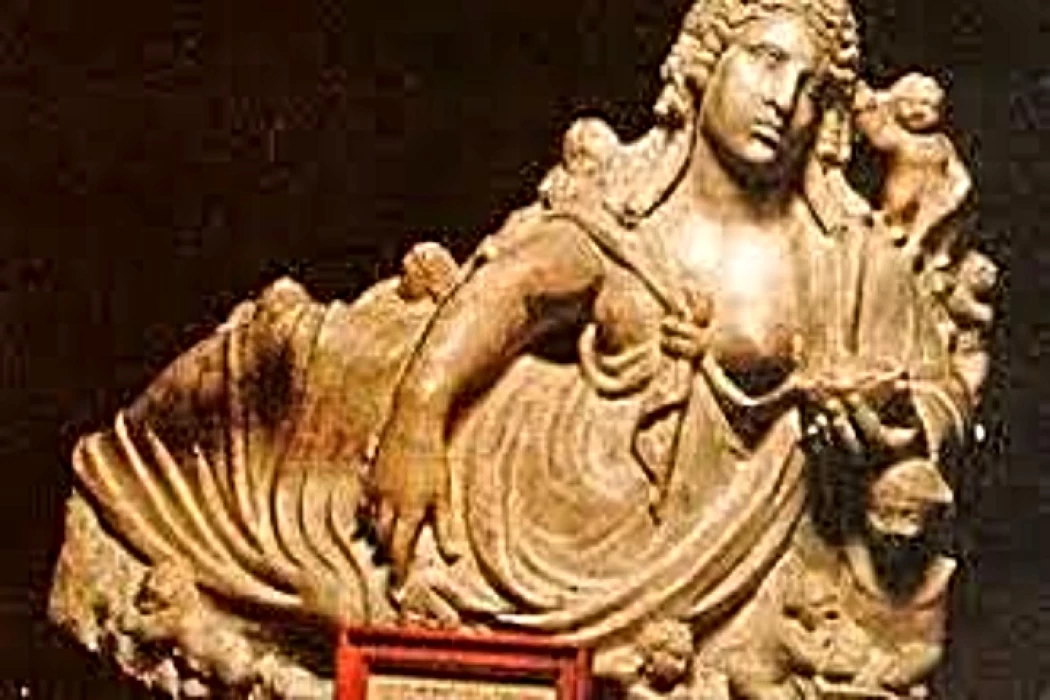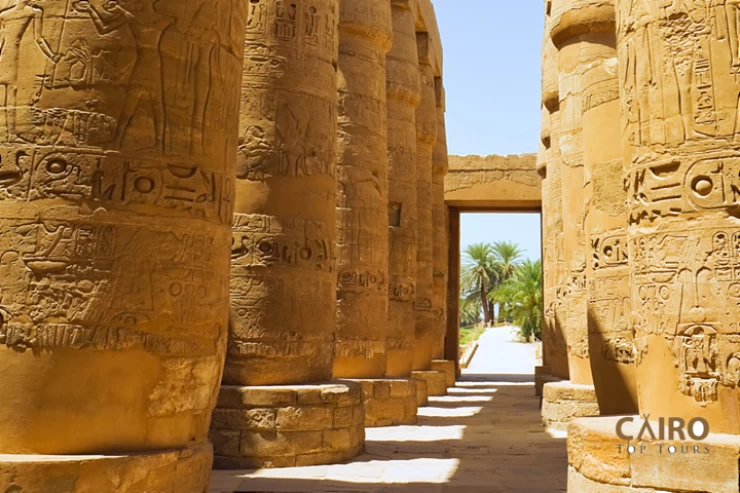
The Graeco-Roman Museum
The Greek-Roman Museum: A Mine of an Ancient Past to Alexandria
The Greek-Roman Museum in Alexandria, Egypt, is living proof of the city's rich historic legacy. Built in 1892, the museum keeps thousands of artifacts from the Greek and Roman eras, vividly showing the cultural fusion that defined Alexandria in centuries past.
Would you say such things as the museum besides addressing the Greek and Roman periods?
The museum itself is over a century old, dating back to 1892. But the building was designed as part of a much grander scheme: turn the old Palace of the Ptolemies into a great national shrine and temple for one of the most important figures in the history of Alexandria. The name attached to the "great shrine" was the King Pavai Elysium-Demeter, which unfortunately only exists in fragments. The great context of the temple lies badly damaged and incomplete, particularly where the many discoveries that were stored in it are concerned. It is, however, a museum house built up and associated with that glorious idea.
This museum was established during the last century, in 1892. But the building itself was part of a larger, glorious vision to make an old Palace of the Ptolemies into a national temple and shrine for one of the most important people in the history of Alexandria. The name attached to this great shrine was King Pavai Elysium-Demeter, which, unfortunately, survives only in fragments; the context of the great temple, however, lies badly damaged and incomplete, particularly regarding the many discoveries that were stored in it. However, it is a museum house built up and associated with that glorious idea.
A Historical Overview
Did you know that Alexandria was founded by Alexander in 331 BCE, when Egypt became the cradle and meeting place of the Egyptian, Greek, and Roman civilizations? The Greek-Roman Museum was established to preserve and present this amazing discovery from the period. Built in a small building near Gamal Abdel Nasser Street, the museum moved to a large, neoclassical-style building known for the existing collection.
From the collections of the Museum
The Greek-Roman Museum has innumerable artifacts that range from the 3rd century BCE up to the 7th century CE: that is, sculptures, coins, pottery, gold jewelry, and items of daily life, all of which present a picture of ancient times. Among the more famous exhibits are:
Colossal Statues of Serapis: Impressive statues of Serapis, the Greek-Egyptian deity best known in Egypt in the Ptolemaic period, are on view in the museum. Marble Busts and Mosaics: Beautiful sculptures of Greek and Roman rulers, emperors, and philosophers. And also, sure, mosaics worth mentioning!
Marble Busts and Mosaics: Gorgeous sculptures of Greek and Roman rulers, emperors, and philosophers and very well-preserved mosaics.
Historical Papyrus and Manuscripts: Papyri and manuscripts that were inscribed with characters in Greek, Coptic, and Latin will be gleaned for legal, religious, and administrative information on the period.
Death Masks of Fayum Mummies: Those portraits are in numerous styles of Roman civilization, a combination of Egyptian and funerary with Greco-Roman evidence.
Portraits of Mummies from Fayum: These were a range of Roman mummy portraits that exceptionalize the fusion of Egyptian funerary with Greco-Roman art influences.
The Stately Architecture of the Museum
The Greek-Roman Museum constitutes a piece of history on its own. The elegant facade with its grand columns and intricate detail is often regarded as the very best example of the neoclassical style that was in vogue at the time of its inception. The gallery space in the museum is rather enveloping, where visitors are taken through the dynamic history of Alexandria.
The museum was closed for several years for a complete renovation, including restoration works that improved the museum's exhibits and visitor experience. The reopening will attempt to reacknowledge the Greek-Roman Museum as Egypt's foremost cultural and educational center.















